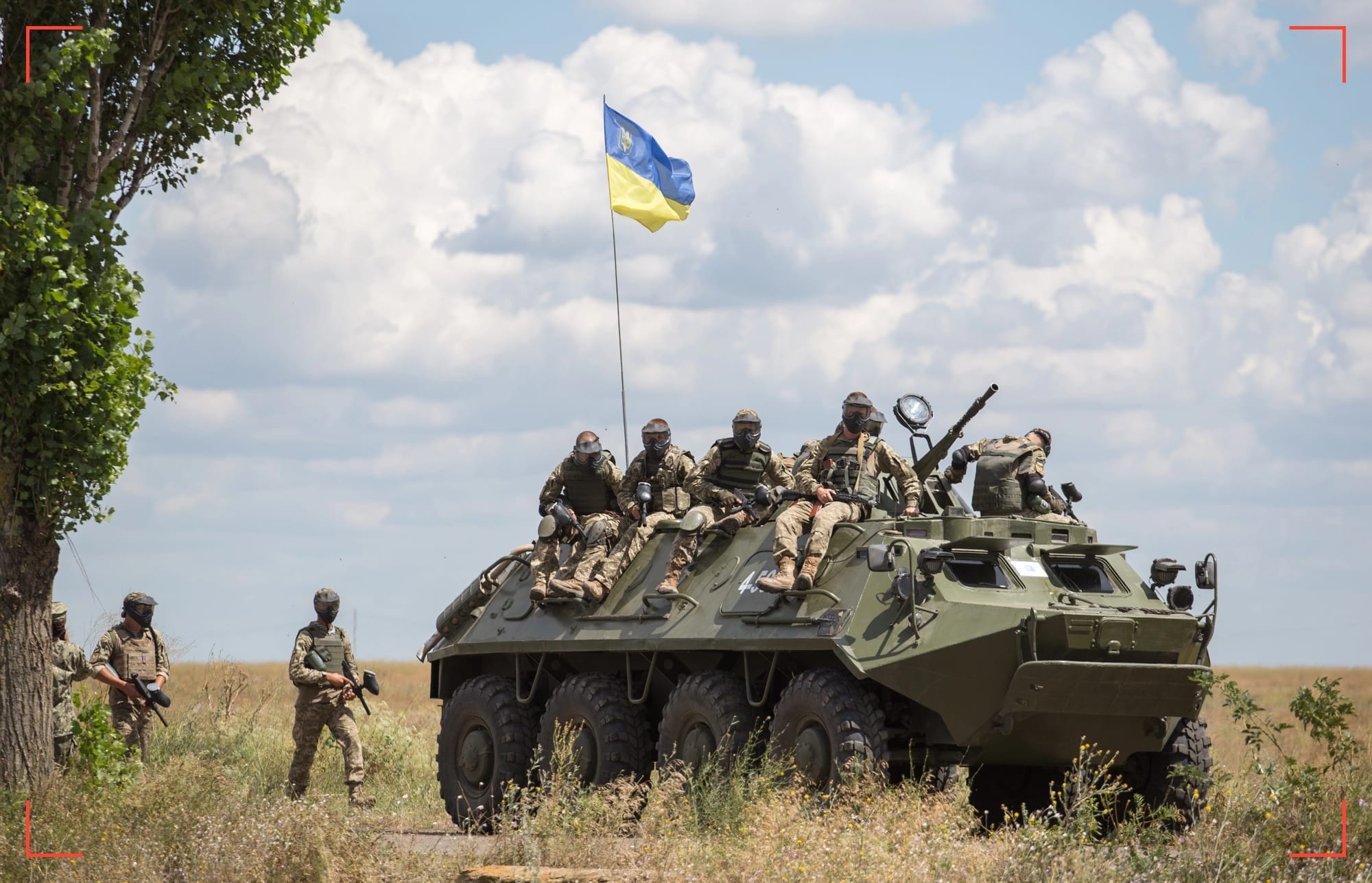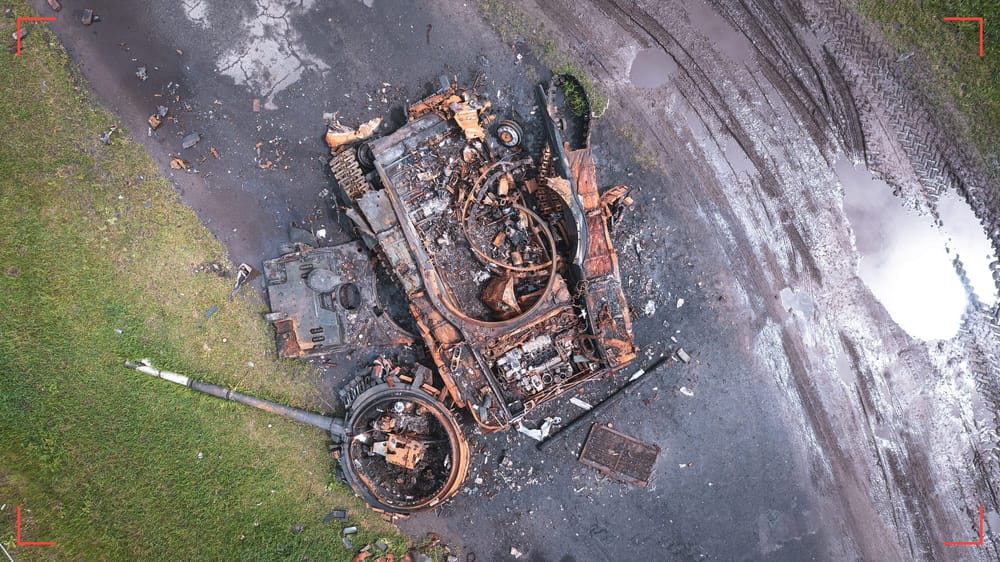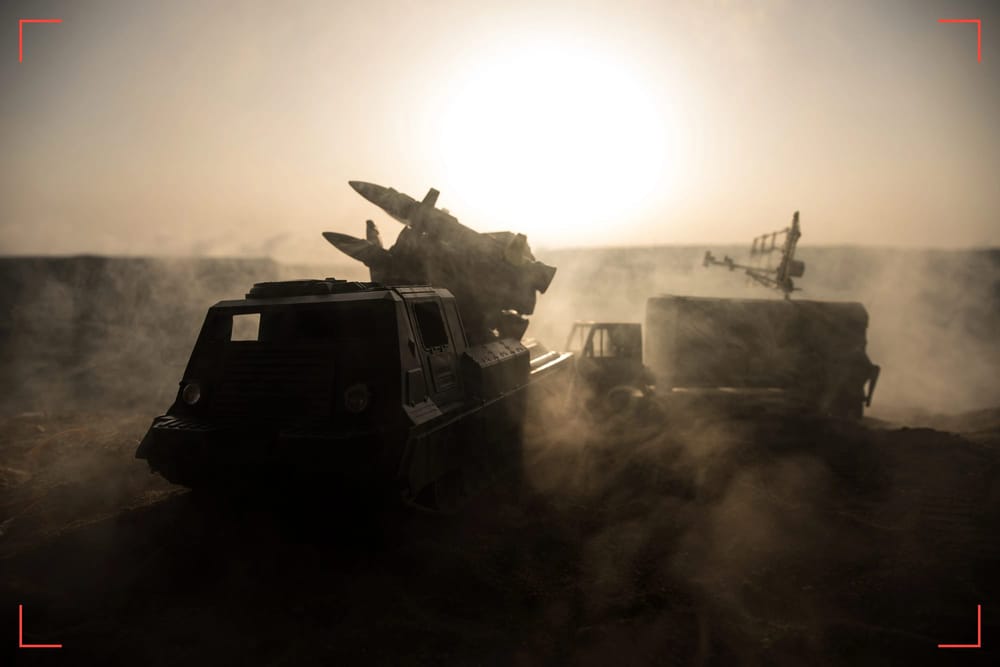
Date: 12 AUG 2024
Analyst: GSAT, MF
GSAT Lead: MF
NOTICE
This FLASH report offers a preliminary overview of a critical incident within the specified country and location, outlining key events and their immediate implications. Given the dynamic nature of the situation and the potential for misinformation, this report serves as an initial situational update to inform organizational security stakeholders of the current status and the possible immediate impacts. Stakeholders should review this report to identify any operational modifications that might be required due to current and anticipated risk exposure to the current project's operational profile and coordinate any prudent actions with security management stakeholders.
ACTION ITEMS
Organizational security stakeholders are advised to continue monitoring the situation and to coordinate closely with their assigned Riley Risk advisory services team leads for ongoing updates and detailed analysis. Stakeholders should assess the need for operational modifications in light of the current and anticipated risks and collaborate with security management to implement prudent actions. This FLASH report is not a substitute for in-depth analysis; it is intended to facilitate rapid understanding and initial response planning.
SITUATION SUMMARY
As of August 12, 2024, Ukraine's cross-border mechanized incursion into Russia's Kursk Oblast, which began on August 6, remains ongoing. Ukrainian forces have made significant territorial gains, capturing approximately 350 square kilometers of territory and 28 settlements, including key infrastructure such as the Sudzha gas measuring facility. These advances mark the largest and most significant Ukrainian offensive on Russian territory since the conflict began in 2022. Despite Russian reinforcements, Ukrainian forces have advanced up to 30 kilometers from the international border with Sumy Oblast, and are approaching critical areas, including near the Kursk Nuclear Power Plant. The operation has forced the Kremlin to announce a counterterrorism operation in the Belgorod, Bryansk, and Kursk oblasts on August 9, redirect attention and military resources from other fronts, declare a state of emergency in the area which borders Ukraine's northeastern Sumy region, and evacuate 76,000 people from Kursk on August 10, and approximately 11,000 people from Belgorod Oblast on August 11. Recent reports and geolocated footage confirm that intense fighting is currently underway near Lyubimovka, Goncharovka, Ivashkovskoye, Korenevo, Malaya Loknya, Zaoleshenka, Spalnoye, Borki, and Gogolevka, with some sources claiming that Ukrainian troops have also entered Belgorod Region. This unexpected cross-border attack is part of a broader Kyiv strategy to undermine Russian initiative and positions, and to draw Moscow forces away from critical frontlines. According to Mykhailo Podolyak, an adviser to Volodymyr Zelensky, one objective is also to alter Russian perceptions of the war, potentially influencing future negotiations.
CONTEXT
The Ukrainian operation in Kursk Oblast represents a significant shift in the conflict, marking the first major instance of Ukrainian forces seizing the initiative on Russian soil. This move disrupts the theater-wide initiative that Russia has maintained since November 2023, which allowed it to control the tempo, location, and intensity of the conflict, thereby forcing Ukraine into a largely reactive posture. Prior to this, Russia’s control over the initiative enabled it to determine the location, time, scale, and requirements of fighting, pressuring Ukraine across multiple fronts and preventing it from amassing resources for counteroffensive operations. The Ukrainian incursion into Kursk Oblast has fundamentally altered this dynamic. By achieving operational surprise, Ukrainian forces have compelled the Kremlin and Russian military command to react and redeploy their resources to address the new front. This shift has the potential to disrupt Russia's broader strategic plans, while it forces Moscow into a defensive stance in a region previously considered a secure rear area. Notably, Russian forces had not been conducting active operations in Kursk Oblast prior to this Ukrainian advance, indicating a potential miscalculation in their assessment of Ukraine’s capabilities. This development raises significant questions about Russia's ability to sustain control over its extensive borders. Coupled with increasingly frequent and targeted Ukrainian aerial assaults on Russian rear areas, it also brings into question Russia's capacity to maintain consistent ongoing offensive operations. In other words, Ukraine's operation in Kursk Oblast has allowed Kyiv forces to at least temporarily seize the battlefield initiative in one area of the frontline and contest Russia's theater-wide initiative.
BACKGROUND
Historically, Russia regarded the international border with northeastern Ukraine as a relatively passive frontline, concentrating its military efforts on more active battlefields within Ukraine. Since the withdrawals from Kyiv, Chernihiv, and Sumy oblasts in Spring 2022 and the Ukrainian counteroffensive in Kharkiv in Fall 2022, Russia had not significantly reinforced or manned its border defenses in this region. Instead, Moscow focused on pressuring Ukraine along more critical fronts, leveraging its control over the tempo of combat to deplete Ukrainian resources. Previous cross-border incursions into the Belgorod region by Ukrainian troops and Russian nationals fighting alongside Ukraine, such as those in March and May 2023, were ultimately unsuccessful. On the other hand, the Ukrainian operation in Kursk Oblast has compelled the Kremlin to reassess this strategy. To put it differently, while the conflict between Russia and Ukraine has seen numerous strategic and tactical shifts, the current Ukrainian operation in Kursk Oblast clearly marks a new phase. The incursion has exposed vulnerabilities in Russia's border defenses, leading to a strategic reassessment with potentially significant long-term implications for Russia’s military operations.
INITIAL IMPACT ASSESSMENT
The Ukrainian incursion into Kursk Oblast has already led to several significant impacts:
- Strategic Initiative Shift: The operation has allowed Ukraine to temporarily seize the initiative on part of the frontline, forcing Russia into a reactive position. This shift disrupts Russia's broader military strategy, which relied on controlling the pace and location of combat to weaken Kyiv forces and prevent the buildup of Ukrainian counteroffensive capabilities.
- Operational Disruption: Russia's response to the Ukrainian advance has been hampered by the need to redeploy forces from other critical areas. This redeployment has exposed deficiencies in Russian command and control structures, as hastily assembled and disparate units struggle to coordinate effectively. This disruption could weaken Russian efforts on other frontlines, particularly in eastern and southern Ukraine, where Russian forces were engaged in ongoing offensive operations.
- Border Defense Reassessment: The Ukrainian operation has compelled the Kremlin to reassess its approach to the international border with northeastern Ukraine. The operation has revealed vulnerabilities in the border, previously considered a secure rear area, making it susceptible to large-scale incursions. This realization could force Russia to divert significant manpower and resources to fortify and defend its border, potentially limiting its ability to conduct offensive operations elsewhere in Ukraine.
- Civilian and Infrastructure Impact: The rapid Ukrainian advance has led to the evacuation of tens of thousands of civilians from the affected areas and raised concerns about the security of critical infrastructure, including the Kursk Nuclear Power Plant.
- Energy Security Impact: News of the Kursk assault caused gas prices to spike to over $400 per thousand cubic meters, reversing a trend of post-war lows despite assurances from Gazprom that gas supplies to Europe via Ukraine would continue.
- Military and Political Ramifications: The Ukrainian operation has significant implications for both military and political dynamics in the region. It challenges the operational and strategic assumptions underpinning Russia's current offensive efforts in Ukraine and could force Moscow to make difficult decisions about resource allocation and strategic priorities. The operation's success has also demonstrated Ukraine's growing military capabilities and its ability to challenge Russian forces even within Russia's borders.
- Increased Threat to Kyiv: The Ukrainian incursion has significantly raised the risk of Russian retaliation, particularly targeting Kyiv. It is highly likely that Russia will escalate its strikes in response to the Kursk operation. The Ukrainian Ministry of Defence anticipates a strong Russian reaction, potentially involving missile attacks on key targets in Kyiv and possibly extending to other critical locations in Ukraine, affecting both military and civilian infrastructure. The volume and intensity of Russian retaliation, which could endanger civilian safety and disrupt essential services, will most likely be determined by the further success of the Ukrainian offensive, but also by the overall dynamics of the conflict.
In conclusion, the situation in Kursk Oblast remains highly dynamic, with the potential for further escalation. The Ukrainian incursion represents a significant challenge to Russia’s military strategy, compelling the Kremlin to react to a new and unexpected threat on its territory. The evolving capabilities of the Ukrainian military challenge the operational and strategic assumptions underpinning Russian efforts and indicate a potential reconfiguration of the conflict's dynamics.
MAPPING UPDATES
UKR/RU Conflict Mapping Updates |
RileySENTINEL
Our RileySENTINEL regional, country and situation reports, developed and provided by Riley Risk resources in strategically positioned locations, provide comprehensive updates and in-depth analysis of high-risk environments and events.




